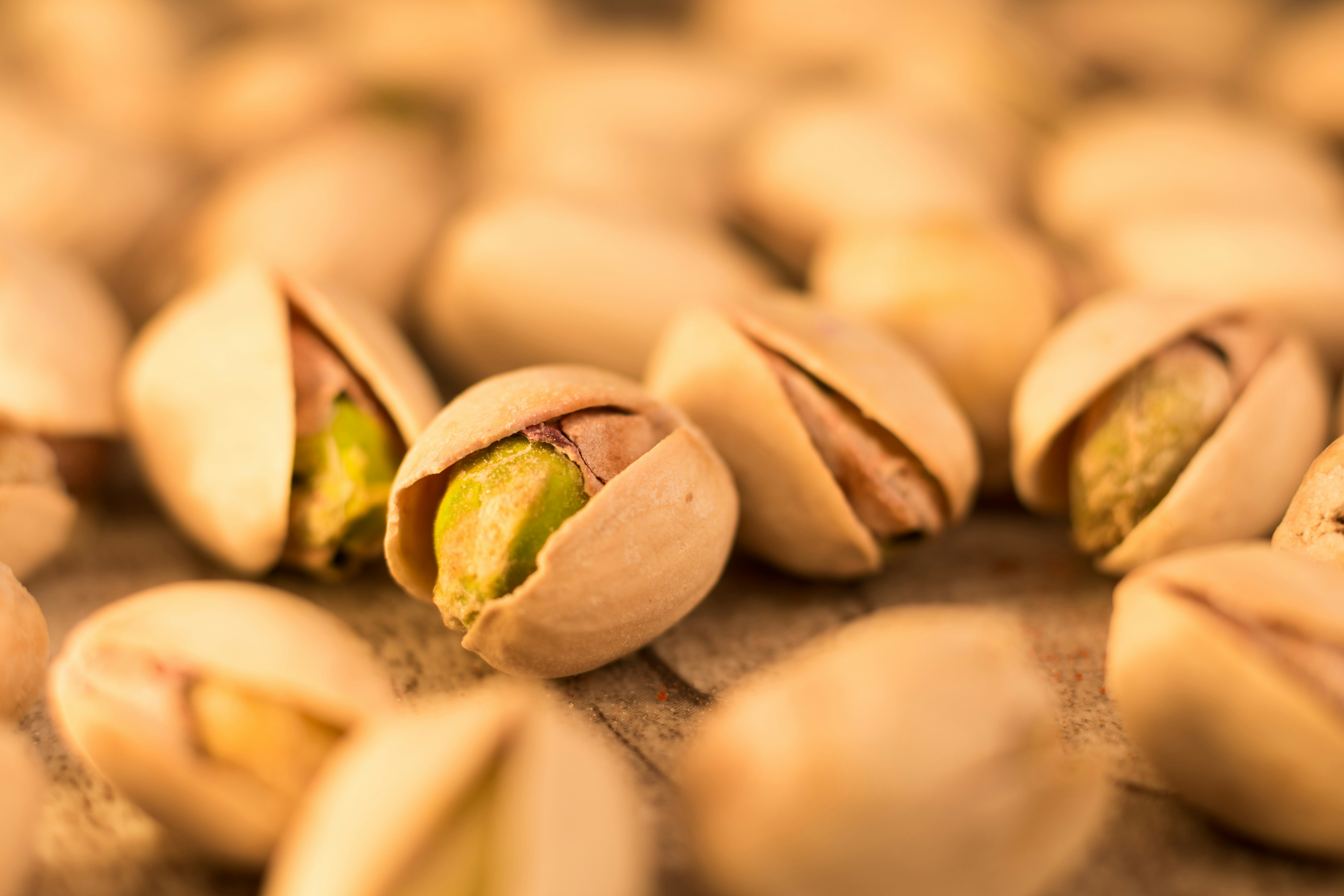Have you ever found yourself wandering the aisles of the grocery store, unsure of which snacks to choose that are both delicious and healthy? It can be overwhelming when faced with numerous options, but fear not! In this article, we will guide you through the best healthy snacks to buy at the grocery store. From crunchy granola bars to satisfying Greek yogurt, we’ve got you covered with nutritious options that will keep you energized throughout the day.

Importance of Choosing Healthy Snacks
Before we dive into the specific snacks to look out for at the grocery store, let’s talk about why choosing healthy snacks is essential. Snacking can be a great way to keep your energy levels up between meals and prevent overeating during main meals. By opting for nutritious snacks, you can avoid consuming empty calories from sugary treats and processed snacks that may leave you feeling sluggish.
So, next time you reach for a snack at the grocery store, remember the importance of making smart choices that will nourish your body and keep you feeling satisfied.
Nutritious Snacks to Look For
When selecting snacks at the grocery store, it’s important to focus on items that are nutrient-dense and provide a good balance of macronutrients such as protein, carbohydrates, and healthy fats. Here are some key components to consider when choosing healthy snacks:
- Protein: Helps keep you full and satisfied.
- Fiber: Aids in digestion and promotes feelings of fullness.
- Healthy fats: Provide energy and support overall health.
By incorporating snacks that contain these components, you can ensure that you are fueling your body with the nutrients it needs to function optimally.
Crunchy Granola Bars
Granola bars are a convenient and portable snack option that can satisfy your sweet tooth while providing a good source of fiber and healthy fats. Look for granola bars that are low in added sugars and made with whole grains, nuts, seeds, and dried fruits. These ingredients will provide a good balance of carbohydrates, protein, and healthy fats to keep you energized throughout the day.
Choosing a granola bar with at least 3 grams of fiber and 5 grams of protein per serving is ideal for a satisfying and nutritious snack. Keep a couple of these bars in your bag or desk drawer for a quick and easy snack on-the-go.
Greek Yogurt
Greek yogurt is a versatile snack option that can be enjoyed on its own or topped with fruits, nuts, and seeds for added flavor and nutrition. Greek yogurt is rich in protein, which can help keep you full and satisfied between meals. Opt for plain Greek yogurt to avoid added sugars and artificial flavors commonly found in flavored varieties.
You can customize your Greek yogurt with toppings such as fresh berries, sliced almonds, chia seeds, or a drizzle of honey for a delicious and nutritious snack. Enjoy a serving of Greek yogurt as a mid-morning or afternoon pick-me-up to keep you going until your next meal.
Hummus and Veggies
Hummus is a creamy and flavorful dip made from chickpeas, tahini, lemon juice, and garlic, which provides a good source of plant-based protein and healthy fats. Pairing hummus with fresh vegetables such as carrots, cucumber, bell peppers, or cherry tomatoes creates a nutrient-dense snack that is packed with vitamins, minerals, and antioxidants.
Snacking on hummus and veggies is an excellent way to increase your intake of fiber and promote satiety between meals. Keep pre-cut veggies and individual servings of hummus in your refrigerator for a quick and easy snack option that will keep you feeling satisfied and nourished.
Nuts and Seeds
Nuts and seeds are nutrient-dense snacks that are rich in healthy fats, protein, fiber, vitamins, and minerals. Almonds, walnuts, pumpkin seeds, and chia seeds are excellent choices that can be enjoyed on their own or added to trail mix for a satisfying and crunchy snack.
Snacking on a handful of nuts and seeds provides a good balance of macronutrients and can help curb hunger between meals. Keep small portions of nuts and seeds in individual containers or snack bags for a convenient and portable snack that you can enjoy at any time of day.
Reading Food Labels
When shopping for snacks at the grocery store, it’s essential to read food labels to understand the ingredients and nutritional content of the products you are purchasing. Pay attention to the following components when reading food labels:
- Serving size: Determine how many servings are in the package to ensure you are consuming an appropriate portion.
- Calories: Consider the number of calories per serving to help you make informed decisions about your snack choices.
- Added sugars: Avoid snacks that are high in added sugars, as they can contribute to excess calorie intake and impact your overall health.
- Ingredients: Look for snacks made with whole, real foods and avoid products that contain artificial additives, preservatives, or hydrogenated oils.
By reading food labels, you can make educated decisions about the snacks you are consuming and choose products that align with your health and wellness goals.
Example of Reading a Food Label
Let’s say you are considering purchasing a bag of trail mix for a convenient snack option. Take a close look at the food label to determine the nutritional content of the product. Consider the serving size, calories, macronutrient breakdown, and ingredients listed on the label to ensure that the trail mix meets your criteria for a healthy snack.
| Nutrient | Amount per Serving |
|---|---|
| Calories | 150 |
| Protein | 5g |
| Carbohydrates | 20g |
| Fiber | 3g |
| Sugars | 8g |
| Fat | 7g |
| Ingredients | Almonds, cashews, dried cranberries, dark chocolate chips |
In this example, the trail mix contains a good balance of protein, carbohydrates, healthy fats, and fiber, making it a well-rounded snack option. However, be mindful of the added sugars from the dried cranberries and dark chocolate chips, and consume the trail mix in moderation.
Smart Snacking Tips
To make the most of your snacking habits and maintain a healthy lifestyle, consider the following tips for smart snacking:
- Plan ahead: Prepare snacks in advance and have them readily available for when hunger strikes to avoid reaching for less nutritious options.
- Portion control: Use small containers or snack bags to portion out snacks to prevent mindless munching and overeating.
- Stay hydrated: Drink water throughout the day to stay hydrated and prevent dehydration, which can sometimes be mistaken for hunger.
- Listen to your body: Pay attention to your hunger and fullness cues to determine when you are truly hungry versus eating out of boredom or habit.
By implementing these smart snacking tips, you can create a healthy snacking routine that supports your overall well-being and helps you reach your health and fitness goals.
Conclusion
In conclusion, choosing healthy snacks at the grocery store doesn’t have to be a daunting task. By focusing on nutrient-dense options that provide a good balance of macronutrients, you can make smart choices that will keep you feeling energized and satisfied throughout the day. Be sure to read food labels, incorporate snacks rich in protein, fiber, and healthy fats, and follow smart snacking tips to maintain a healthy lifestyle. Remember, snacking can be a great way to nourish your body and fuel your day, so choose wisely and enjoy the benefits of making nutritious snack choices. Happy snacking!



